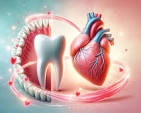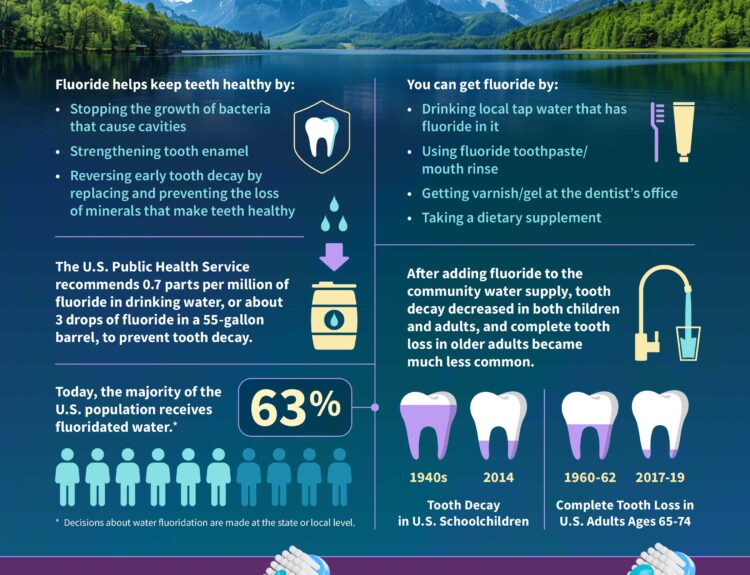Poor oral health has far-reaching consequences beyond just tooth cavities and bad breath. The relationship between healthy mouth and healthy heart is not widely recognized. Therefore, most people don’t see the link between oral and heart health. However, cntinous research reveals a concerning link; bad oral health can significantly increase your risk of a heart attack.
Periodontitis (Gums disease) is a chronic inflammatory condition that involves the infection of the gums and tissues supporting the teeth. When left untreated, gums disease allows harmful bacteria to flourish in the mouth. These bacteria don’t just remain silent; they enter the bloodstream through inflamed gums tissue. Once in the bloodstream, these bacteria can travel throughout the body, potentially lodging in blood vessels and contributing to a process called atherosclerosis. Atherosclerosis is the buildup of plaque – fatty deposits on the inner walls of arteries. This plaque buildup narrows the arteries, restricting blood flow and increasing the risk of blood clots that can cause a heart attack.
Recent studies have divulged that the link between oral health and heart disease goes beyond the direct entry of bacteria. Chronic inflammation associated with gums disease can also play a role. This inflammation triggers the immune system of human body to release inflammatory markers that can damage blood vessels and contribute to the development of heart disease.
Studies have shown a clear association between gums disease and heart attacks. People with gum disease, particularly in its moderate or advanced stages, are at a higher risk of heart attack compared to those with healthy gums. This risk is further amplified by other factors like smoking and diabetes.
Fortunately, maintaining good oral hygiene is a simple and effective way to mitigate this risk. Following are some effective oral hygiene practices that may reduce the risk of heart disease:
Brush your teeth twice a day; each time for two minutes, using a fluoride toothpaste. Focus on all surfaces, including the gum line, to remove bacteria effectively.
Flossing removes food particles and plaque between teeth where a toothbrush can’t reach, which is critical for preventing gums disease. Regular flossing reduces inflammation and bacterial buildup.
Use hot salt water as a routine mouthwash. It can help kill bacteria in the mouth that lead to gums disease.
Visit your dentist every regularly for a thorough cleaning and check-up. Professional cleaning removes plaque and tartar that routine brushing might miss and allow early detection of gums disease.
Smoking and other tobacco products increase plaque formation, contribute to periodontal disease, and are significant risk factors for both heart disease and poor oral health.








